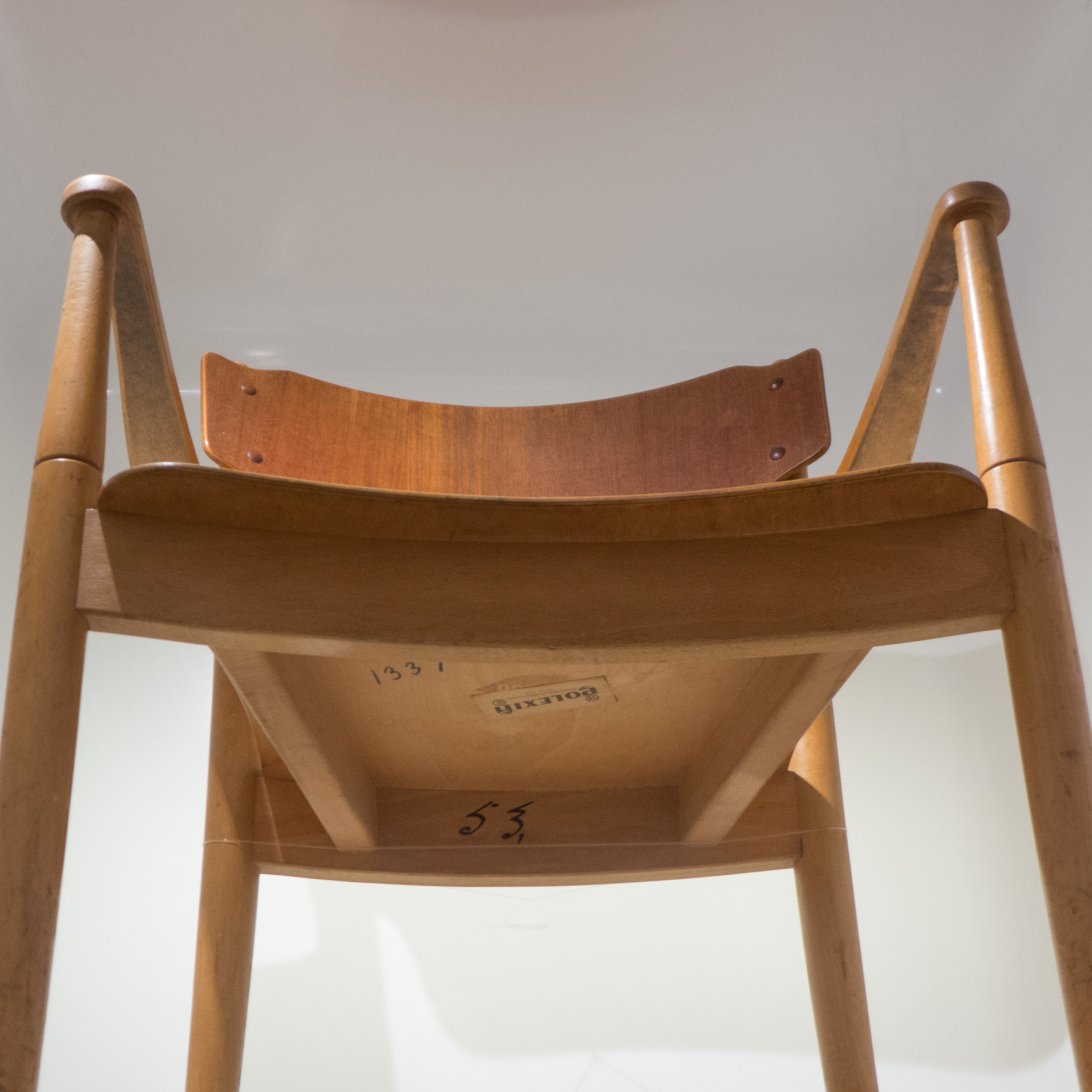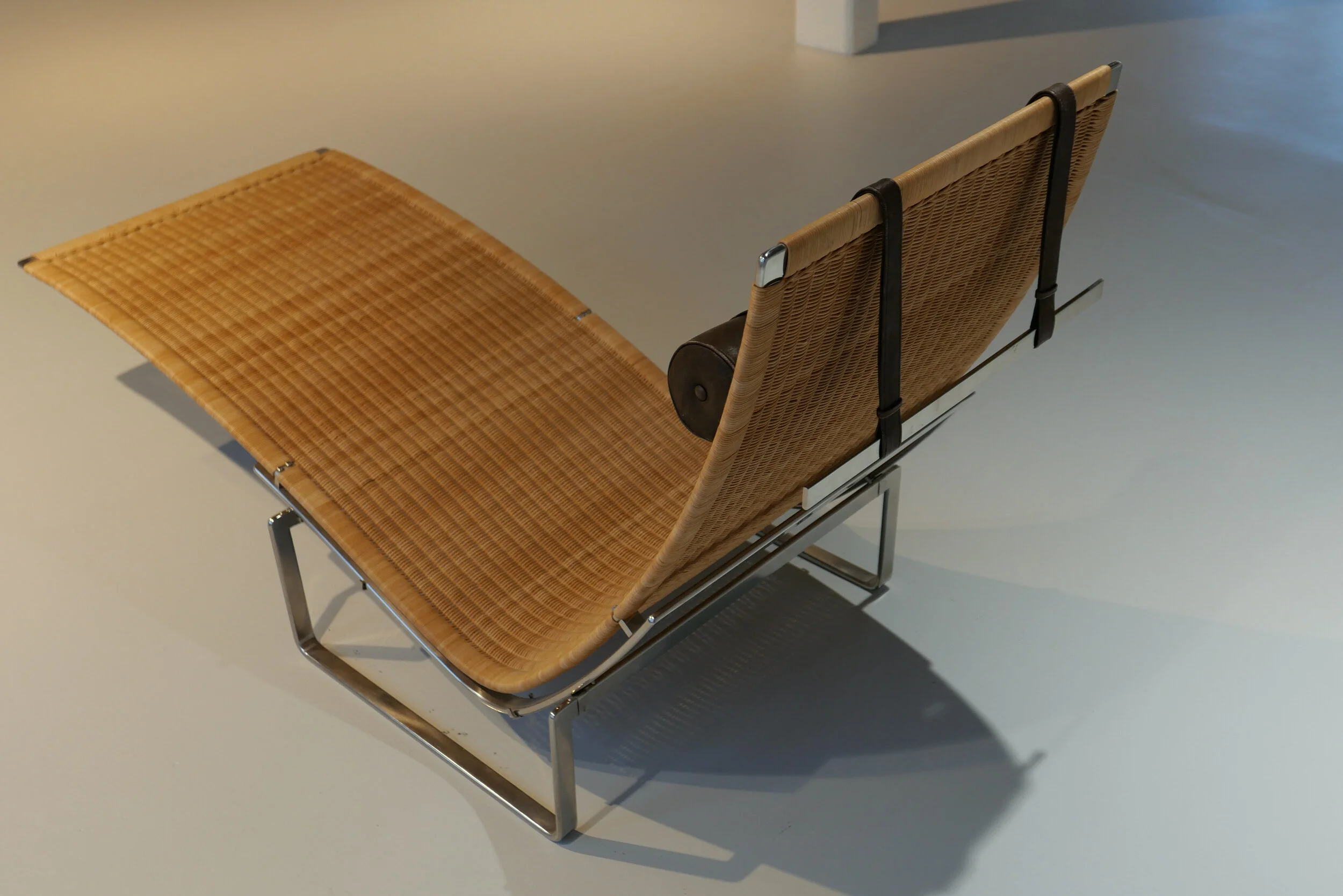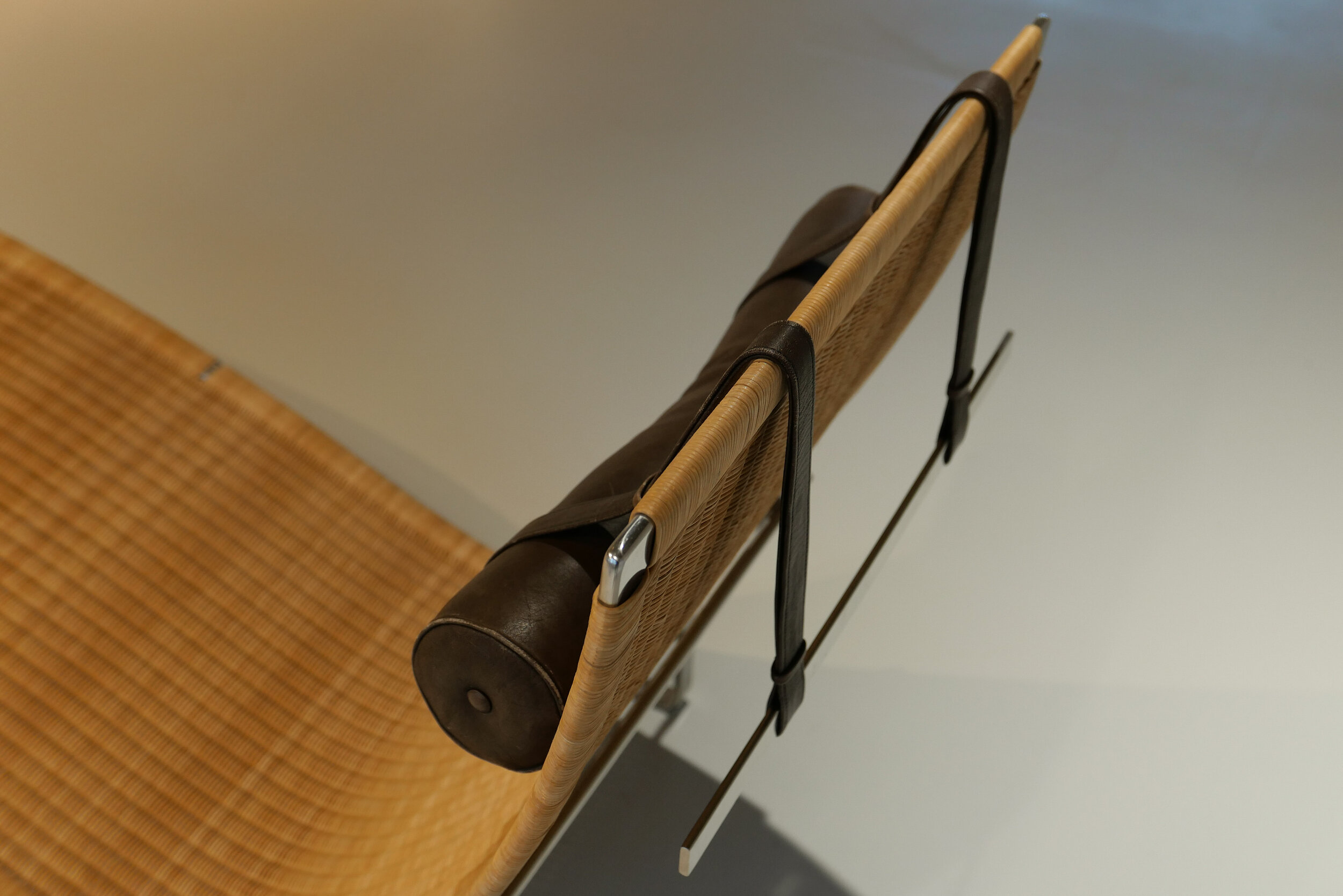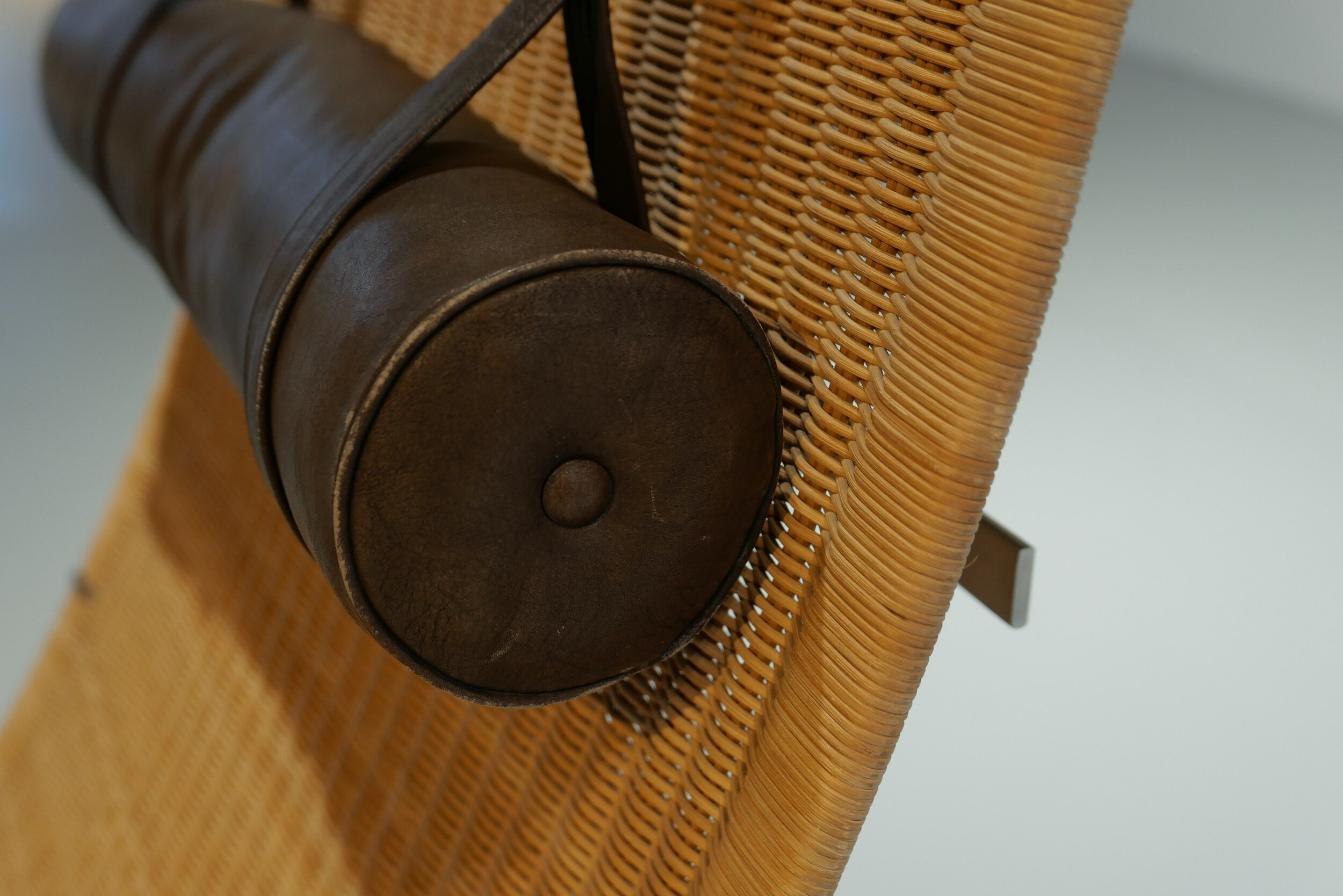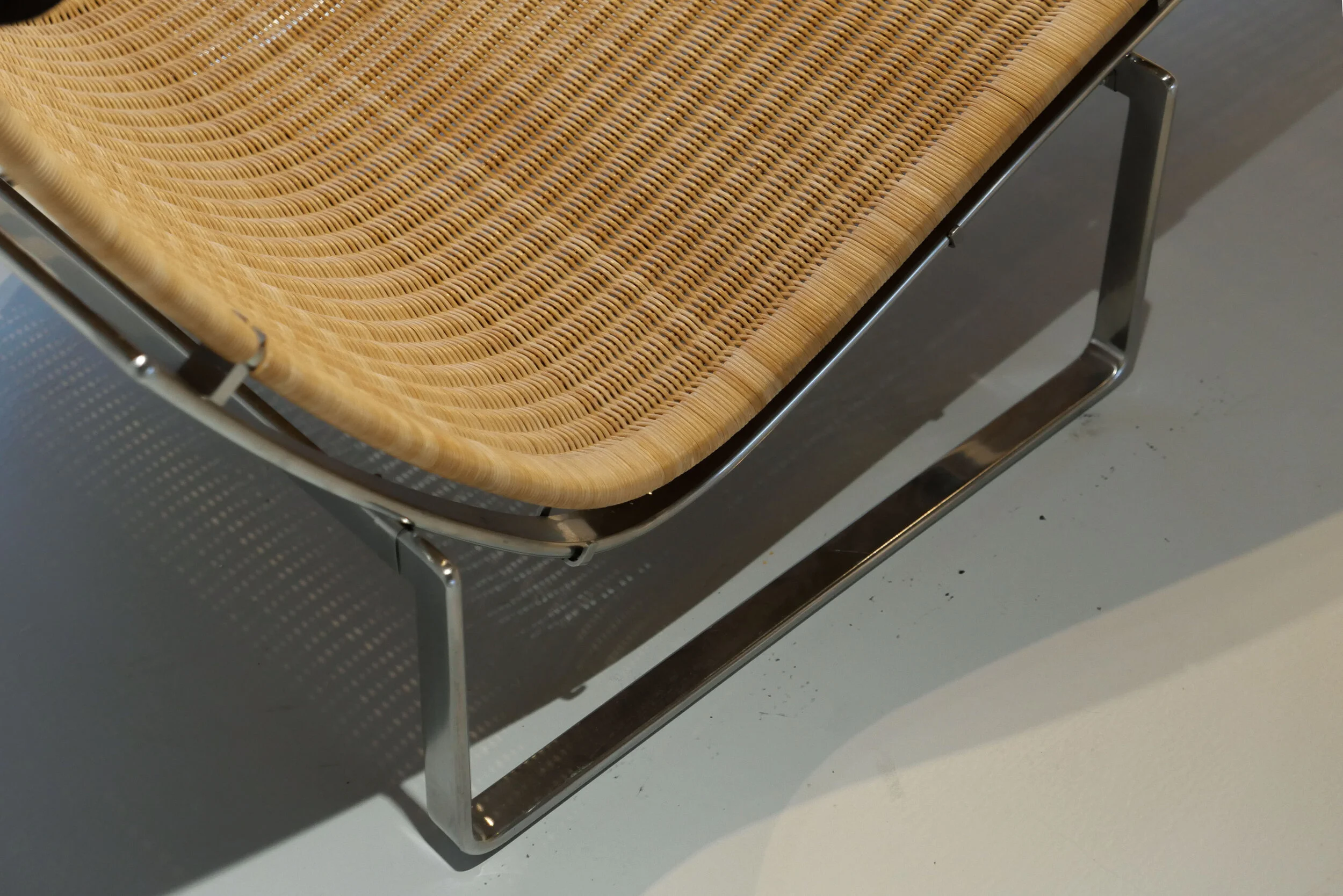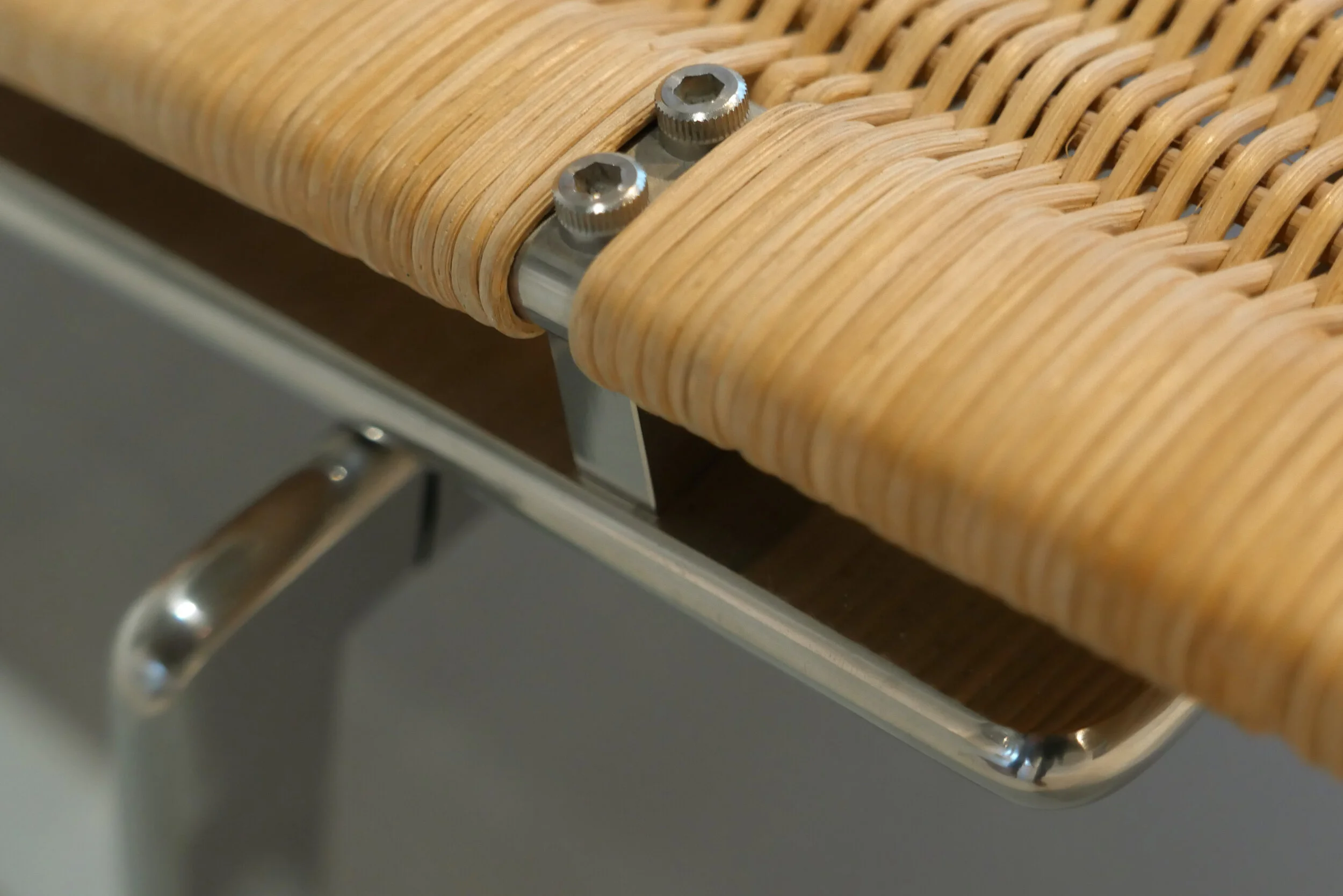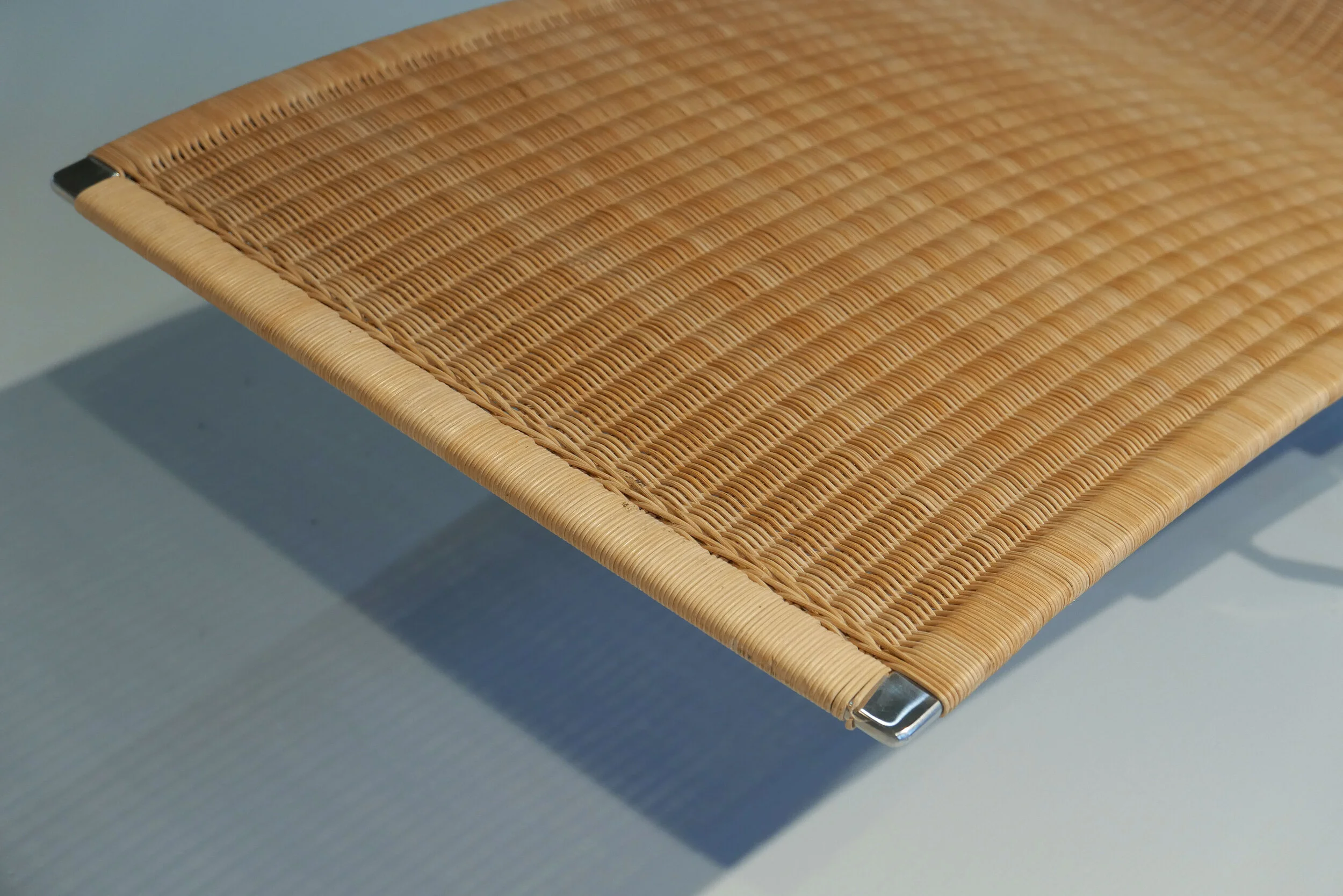Klismosstol / Klismos Chair by Kaj Gottlob 1921
/
Clearly this chair is not a modern chair - not by any stretch of the imagination - but it is important because it shows how styles and forms of furniture from the 19th century continued on well into the 20th century.
The chair was designed in 1921 for the Court House in Fredericksberg … the municipality immediately to the west of Copenhagen … so the commission was for furniture for a major civic building that itself dated from the 19th century and therefore, perhaps, more formal and more solid and more traditional furniture was appropriate but it also shows clearly that it is unwise to try and see the history of design in terms of a rapid and inevitable changing of the guard in a clear-cut way or even as something that everyone at the time just accepted as inevitable.
The chair appears to be old-fashioned to modern eyes and the design, taking the distinct form of a Klismos stole or classical type of chair, looks back to a style of chair made in Denmark from the late 18th century onwards but it would have been seen as perfectly acceptable to architects and designers of the New Classicism school that was strong if not dominant in Denmark from about 1915 and through to the 1930s.
Nor are architects or designers restricted to one style across their work. Born in 1887, Kaj Gottlob was just a year older than Kaare Klint and so, then in his early 30s, he can hardly be written off as an old man out of touch with new trends. He had travelled widely in Greece, Italy, France and North Africa and after teaching at the Technical School from 1915 and then at the Royal Academy Building School he was appointed as a professor at the Royal Academy in 1924. Although his furniture designs were generally in this style, he is acknowledged to be one of the leading architects of the Modernist Movement … by the late 1920s he was seen as a Functionalist - not a term you would use for this chair - and his most famous designs are probably for the two bridges over the harbour in Copenhagen with Knippelsbro that he designed in the 1930s and then Langebro that Gottlob designed after the War and that was completed in 1954.
a Klismos chair in Designmuseum Danmark from circa 1790 by N A Abildgaard (1743-1809)
detail of chair in the collection of Designmuseum Danmark in Copenhagen
designed by Kaj Gottlob (1887-1976)
made by Fritz Hansen Eftf
ash, cane seat, leather cushion
height: 76 cm
width: 68 cm
depth: 54.5 cm
height of seat: 42 cm





